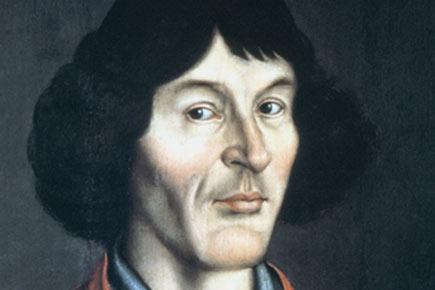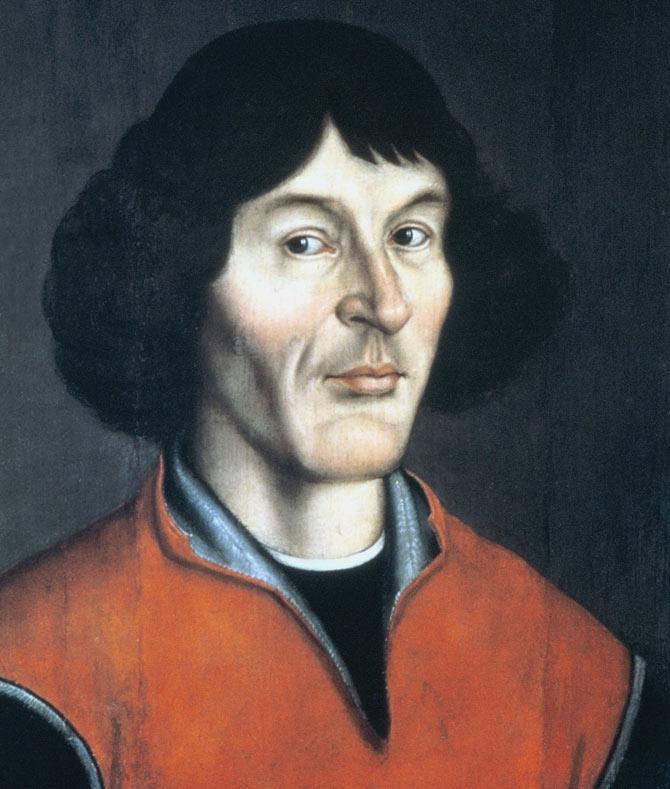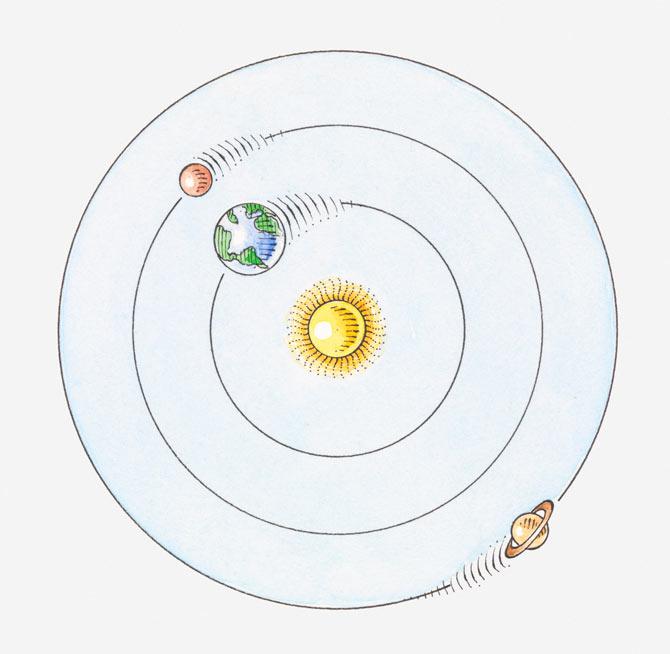On the 542nd birth anniversary of mathematician and astronomer, Nicolaus Copernicus, we look back at his greatest contribution, the theory of heliocentrism, in which he formulated a model of the universe that placed the Sun rather than the Earth at its center

Nicolaus Copernicus
On the 542nd birth anniversary of mathematician and astronomer, Nicolaus Copernicus, we look back at his greatest contribution, the theory of heliocentrism, in which he formulated a model of the universe that placed the Sun rather than the Earth at its center.

Nicolaus Copernicus
ADVERTISEMENT
Copernicus' theory triggered the Copernican Revolution and made an important contribution to the Scientific Revolution. He wrote a 'Commentariolus' or 'Little Commentary', outlining his theory for his friends. It was a forty-page manuscript describing his heliocentric hypothesis containing seven basic assumptions, namely...
1. Celestial bodies do not all revolve around a single point
2. The centre of Earth is the centre of the lunar sphere—the orbit of the moon around Earth
3. All the spheres rotate around the Sun, which is near the centre of the Universe
4. The distance between Earth and the Sun is an insignificant fraction of the distance from Earth and Sun to the stars, so parallax is not observed in the stars
5. The stars are immovable; their apparent daily motion is caused by the daily rotation of Earth
6. Earth is moved in a sphere around the Sun, causing the apparent annual migration of the Sun; Earth has more than one motion
7. Earth’s orbital motion around the Sun causes the seeming reverse in direction of the motions of the planets.

The solar system
The above assumptions were later elaborated in Nicolas Copernicus' major theory, De revolutionibus orbium coelestium (On the Revolutions of the Celestial Spheres), which was published in 1543, the year of his death.
1. The book itself was further divded into six parts...
2. General vision of the heliocentric theory, and a summarized exposition of his idea of the World
3. Mainly theoretical, presents the principles of spherical astronomy and a list of stars (as a basis for the arguments developed in the subsequent books)
4. Mainly dedicated to the apparent motions of the Sun and to related phenomena
5. Description of the Moon and its orbital motions
6. Exposition of the motions in longitude of the non-terrestrial planets
7. Exposition of the motions in latitude of the non-terrestrial planets
Copernicus' theory of heliocentrism was slow to catch on initially since Aristotelian philosophy and Ptolemaic astronomy still dominated the intellectual climate of the time. Danish astronomer Tycho Brahe competed with Copernicus' heliocentric system with a theory of his own. It was Brahe's belief that the earth is stationary, the sun revolves about the earth, and the other planets revolve about the sun.

A diagram representing Copernicus' theory of heliocentrism
It was only a half century later with the work of Johannes Kepler and Galileo Galilei that any substantial evidence defending Copernicanism appeared. Galileo formulated the principle of inertia, which helped to explain why everything would not fall off the earth if it were in motion. The heliocentric view generally accepted after the publication of Isaac Newton's Principia in 1687, which formulated the universal law of gravitation and the laws of mechanics, thus unifying terrestrial and celestial mechanics.
 Subscribe today by clicking the link and stay updated with the latest news!" Click here!
Subscribe today by clicking the link and stay updated with the latest news!" Click here!







